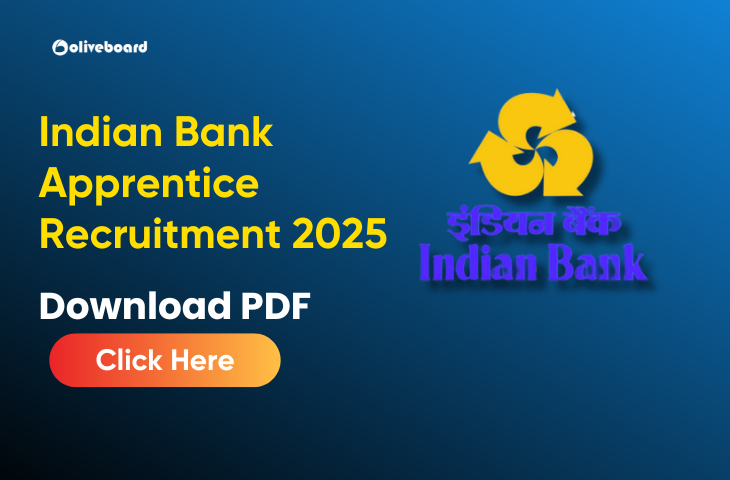PDF Full Form
PDF stands for “Portable Document Format”. It is a file format developed by Adobe Systems in the early 1990s. PDF files are designed to present documents, including text formatting and images, in a manner that is independent of application software, hardware, and operating systems. In this article, we will unveil the full form of PDF, and explore its significance, principles, and its role in simplifying document sharing and viewing.
PDF Full Form in Hindi
PDF का मतलब “पोर्टेबल दस्तावेज़ प्रारूप” है। यह 1990 के दशक की शुरुआत में Adobe Systems द्वारा विकसित एक फ़ाइल स्वरूप है।
Understanding the Significance of PDF
The significance of the Portable Document Format lies in its ability to create and share documents in a consistent and secure manner across different devices and platforms. Key aspects of its significance include:
- Cross-Platform Compatibility: PDF files can be viewed and printed on virtually any device or operating system without loss of formatting, making them highly versatile.
- Document Integrity: PDFs preserve the appearance and content of the original document, ensuring that the information is presented as intended by the author.
- Security Features: PDFs support encryption and password protection, allowing for secure sharing of sensitive or confidential documents.
- Interactive Elements: PDFs can contain interactive elements such as forms, hyperlinks, multimedia, and digital signatures.
Principles of PDF
The principles behind the creation and functioning of PDFs include:
- Independence: PDFs are designed to be independent of the software, hardware, and operating system used for viewing. It makes them consistent and reliable.
- Self-Contained: A PDF file is self-contained, meaning that all the text, fonts, images, and graphics needed for document presentation are included within the file.
- Fixed Layout: PDFs maintain a fixed layout, ensuring that the document’s appearance remains consistent regardless of the viewing device.
- Interactive Elements: PDFs support interactivity by allowing the inclusion of hyperlinks, bookmarks, buttons, forms, and multimedia elements.
- Print-Ready: PDFs are print-ready, meaning that documents can be reliably reproduced in high-quality output, making them suitable for professional printing.
Creating and Editing PDFs
Creating and editing PDF files can be done through various software applications and tools. Adobe Acrobat, the software that pioneered the PDF format, is one of the most well-known applications for creating and editing PDFs. Additionally, many word processing and graphic design software packages can export documents as PDFs. Online converters and free software also provide options for creating and editing PDFs without the need for expensive software.
Significance of PDF in Various Industries
PDFs are widely used in various industries, including:
- Publishing: PDFs are commonly used for distributing electronic books, magazines, and brochures. As they preserve the layout and design of printed materials.
- Legal: The legal profession relies on PDFs for creating, sharing, and storing legal documents due to their document integrity and security features.
- Government: Government agencies use PDFs for publishing reports, forms, and official documents that need to be accessed by the public.
- Business: PDFs are a standard format for business documents, including invoices, contracts, presentations, and manuals.
- Education: Educational materials such as textbooks, syllabi, and study guides are often distributed in PDF format.
- Medical: Medical records, research papers, and healthcare documents are often shared in PDF format to ensure privacy and document integrity.
Challenges and Advancements in PDF Technology
PDF technology has evolved and faced various challenges, including:
- Accessibility: Making PDFs more accessible for individuals with disabilities is an ongoing challenge. Advancements have been made to support screen readers and assistive technologies.
- Size: Large PDF files can be cumbersome to share and download. Advances in compression technologies have helped reduce file sizes.
- Security: While PDFs offer security features, they are not immune to vulnerabilities. Continuous improvements are made to enhance document security.
- Interactivity: Advancements have introduced more sophisticated interactivity features, allowing for dynamic and engaging PDF content.
Conclusion – PDF Full Form
In conclusion, PDF, with its full form being “Portable Document Format,” has revolutionized the way we create, share, and view documents in the digital age. PDFs offer cross-platform compatibility, document integrity, security features, and support for interactive elements, making them an indispensable tool in various industries and professions. The principles behind PDFs, including their independence from software and consistent fixed layout, ensure that the document’s appearance remains faithful to the author’s intent. While PDF technology has faced challenges related to accessibility, file size, and security, advancements continue to drive improvements and expand the possibilities of this versatile file format. PDFs have become an integral part of our daily lives, from business and education to publishing and government, and they are likely to remain a fundamental tool for document management and sharing in the future.
- Indian Bank Recruitment 2025 Out for 1500 Apprentice Posts
- Indian Bank Apprentice Salary 2025, Pay Scale, Salary Structure
- Indian Bank Apprentice Syllabus & Exam Pattern 2025, Check Details
- Railway RPF Syllabus 2024, Check Exam Pattern, Topic And Syllabus
- SSC JE vs RRB JE, Which Is Better? Know Detailed Comparison
- SSC CGL Study Plan 2025 For Next 25 Days With Tips, Tricks
PDF Full Form – FAQs
Ans. PDF stands for “Portable Document Format.”
Ans. PDF का मतलब “पोर्टेबल दस्तावेज़ प्रारूप” है।

Hello, I’m Aditi, the creative mind behind the words at Oliveboard. As a content writer specializing in state-level exams, my mission is to unravel the complexities of exam information, ensuring aspiring candidates find clarity and confidence. Having walked the path of an aspirant myself, I bring a unique perspective to my work, crafting accessible content on Exam Notifications, Admit Cards, and Results.
At Oliveboard, I play a crucial role in empowering candidates throughout their exam journey. My dedication lies in making the seemingly daunting process not only understandable but also rewarding. Join me as I break down barriers in exam preparation, providing timely insights and valuable resources. Let’s navigate the path to success together, one well-informed step at a time.






